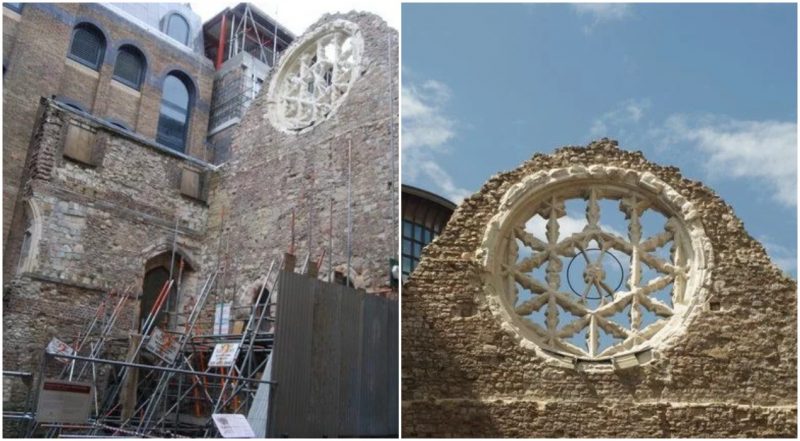“There once was a time when all people believed in God and the church ruled. This time was called the Dark Ages.”-– Richard Lederer, Anguished English: An Anthology of Accidental Assaults Upon Our Language
The Dark Ages is an interesting description of a time of human existence. It is today a somewhat out-of-fashion expression but is still used to define the early Middle Ages and what is considered to be the days of cultural degeneration and economic decline in Europe that occurred between the 5th and the 9th centuries (although some extend it all the way to the 14th). It took place when the Western Roman Empire collapsed and left the continent in a total upheaval and intellectual darkness.
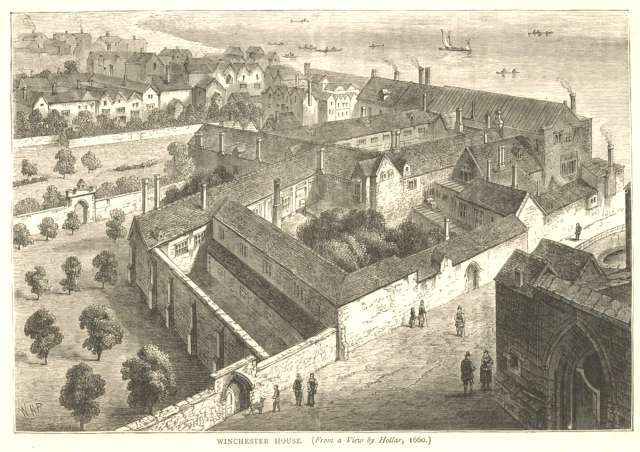
Then again, when free thinking was strictly forbidden, science ignored, and reasoning was allegedly a common luxury, people shared a unanimous opinion that the world was round and most knew what an antipode is. While today, when free information is available for everyone as never before, some, for whatever reason, still wish to believe that the world is flat. Contrary to every well-rounded piece of scientific evidence pointing towards the complete opposite direction.
The church recognized that “facts do not cease to exist because they are ignored” (Aldous Huxley) and knew that before them, even the gods stay silent. So instead of ignoring them, overzealous churchmen reputedly burned the facts they wished to cease to exist, thus allowing God speak the truth they wished to convey. Much of the written records from the era have been lost, resulting in lots of misconceptions about what really happened. But to think that nothing good came out of these days, as many still believe, is ludicrous.
“Even historians, who should know better, still seem addicted to the idea that nothing of any consequence occurred between the fall of the Roman Empire and the Renaissance,” writes James Hannam, author and dedicated historian with a PhD in the History and Philosophy of Science from Cambridge, stipulating that the medieval world laid the foundations of modern science. After thorough research, he wrote and published a book about it, God’s Philosophers: How the Medieval World Laid the Foundations of Modern Science, which in the opinion of the New Scientist is “well-researched and hugely enjoyable.”
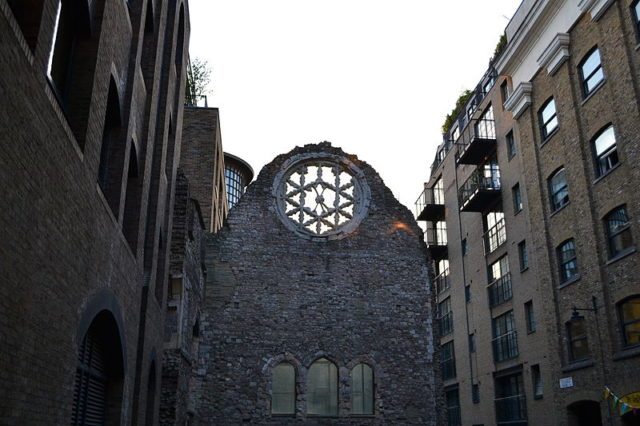
According to him and his book, the Middle Ages were an era of “invention and rapid technological change,” pointing towards the spectacles, the mechanical clock, and the windmill as some of the things invented back then. He even goes as far as to suggest that the Church set boundaries but also encouraged science during those days, “and many of the most significant contributors to medieval science became bishops or cardinals.”
One such man is believed to be Bishop Henry of Blois, often referred to as Henry of Winchester. He was a man who was not an inventor but was indeed a significant contributor to both science and art of the 12th century. To architecture specifically, that harmonious fusion of artistic imagination with scientific reasoning.

The younger brother of King Stephen of England (1135-1154), at one point he held a position of great power as papal legate (the Pope’s personal representative). Henry of Blois, who became perhaps the wealthiest man in England, is best remembered by what he did with the wealth he enjoyed and what he left behind as a legacy.
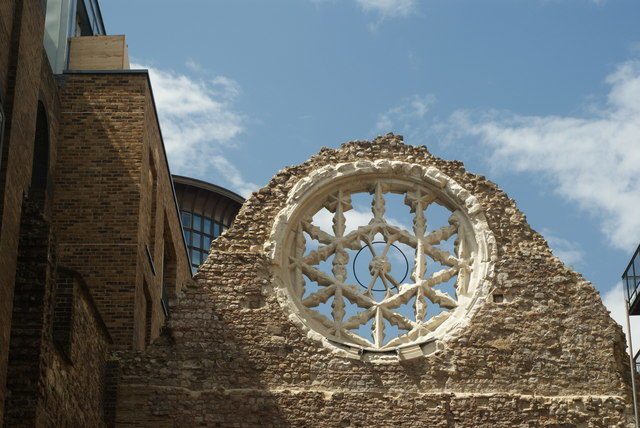
He had a strong passion for architecture and a great deal of admiration for grand structures, as well as the means to pursue his interests, which resulted in a lot of construction programs in which he invested a lot of money. It is believed that Henry of Blois is responsible for organizing and overseeing projects that brought clean water to every part of Glastonbury and Winchester, and improved the state of the nearby villages, monasteries, and abbeys, including the famous Glastonbury Abbey before the great fire in 1184.
He planned and supervised the construction of a great many grand buildings, or transformed small fortifications into giant mighty castles. Farnham Castle in Surrey, Taunton in Somerset, Wolvesey Castle in Winchester, and Waltham Palace, the Bishop’s residence in Hampshire, are just a few. Some of them still stand today, or at least in part as ruins. Most importantly, he made the final touches to the magnificent Winchester Cathedral, his and Jane Austin’s forever resting place, making it as grand as it is still today.
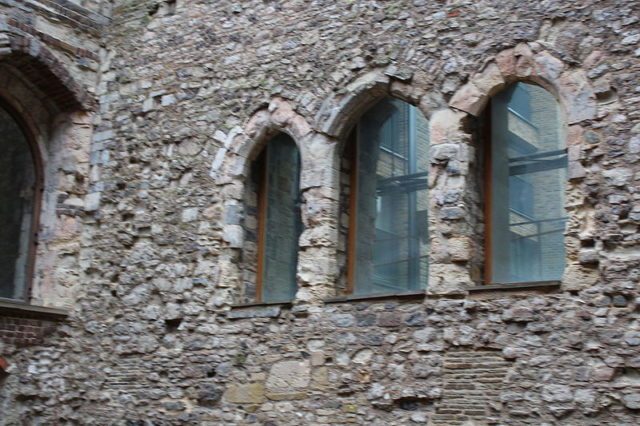
It was still, a “dark age” and not everything stated is made official, but somehow, in one way or another, his name is connected to seemingly every major establishment raised throughout England after William the Conqueror (his grandfather) made his conquest.
Anyhow, what is confirmed, at least by the English Heritage’s official statements and Heritage Unlocked guidebook series, Henry of Blois is fully responsible for the construction of one of the grandest and probably most important establishments in Medieval England: Winchester Palace in London.

The palace, built during his brother’s reign, was supposed to be a residential place and a glorious home for bishops and royal members during their stay in the capital. It was to be the place to unwind and take a step back from life.
Supposedly, it was an enormous palace when it was built around not one, but two courtyards, with the Great Hall, placed right next to the south bank of the River Thames and arranged to provide a clear view across the river, while at the same time being as close as it can to water and allow for fairly secure and fast distribution of goods to the vaults underneath. It is, after all, nice to take your esteemed guests, such as for instance James I of Scotland, to your wine cellar right down below and show them your wine collection after a fine dine with a view and talk about politics in complete privacy. While Joan Beaufort, the Queen of Scots, and James’s future wife talk about something else upstairs.

To add to this, as a designated sanctuary and a place for enjoyment, it was believed that guests could also relax in the colorful pleasure garden, play a game of tennis on the tennis court, or bowl in the bowling alley. Now there are only bits and pieces of its history left as ruins in what is today the London Borough of Southwark, near London Bridge. Walls from past times, and a couple of pictures and pages of historic recollections offer us a glimpse how magnificent the palace would have been.

It was used continuously as a home to the Bishops of Winchester and survived a lot of upgrades and reconstructions over the years. Unfortunately, in 1814, the place was ravaged by fire. Of what previously was huge and magnificent, with beautiful gardens and a lot of structures, today only a huge wall of the Great Hall remains, topped with a spectacular rose window. Extensive archaeological excavation conducted from the 1980s onward has shown that the Bishop’s palace covered as much as six acres of land during the 13th and the 14th centuries and had a brewery, butchery, and stable houses, as well as its own prison, the Clink. The most notorious Medieval prison.
“A few walls are all that remains of the palace of the powerful Bishops of Winchester, one of the largest and most important buildings in medieval London” — This is the introductory statement of the English Heritage organization about the archaeological site and the tourist attraction they now care for and manage.
Related story from us: One of the creepiest cemeteries in London, the Highgate Cemetery
It is a place with rich history and surely was a place of great importance throughout it’s long, full seven centuries of existence. So it’s good that at least some part of it was preserved as a fine reminder of the times we know so little about. Hopefully, dirt will in time give us more and what is dark now will come to light tomorrow, and what we believe to be the case about the ruins found on the Thames Path, within a few minutes walk from the Southwark Cathedral, will prove to be true in the future.
